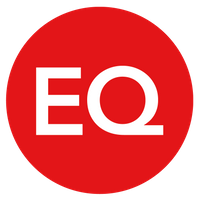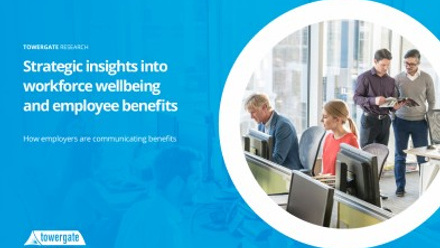Ways to use Total Reward Statements to reinforce the people experience strategy

Most employees think they know what they're worth. The trouble is, it’s generally based on annual salary only. In other words, they’re probably selling themselves short. The annual salary figure is always front of mind – with constant reminders in the shape of pay cheques or bank statements. So, considering wages remain fairly static and have done for a number of years now, is it any wonder the lure of a job advert that promises more – in terms of salary maybe but, probably more importantly these days, culture and experience – can give people itchy feet.
Smart employers are realising the advantages of packaging up everything they have to offer in addition to salary – from employee benefits to working practices and career opportunities – and communicating the value of this from the get-go and beyond via TRS, thereby not only supporting recruitment but also onboarding and retention.
What format works best?
Technology is the absolute key to a good TRS and it goes without saying that to provide the flexibility employees need, it must be available online, across all platforms, anywhere, anytime. It must also give a complete total reward snapshot at login so that it quickly allays any ‘grass is greener’ dissonance.
In fact, a good TRS can be seen as a valuable benefit in its own right, demonstrating employer transparency and goodwill from hire to retire.
What to include
Needless to say, the TRS must be well designed and easy to read so the true worth or ‘magic figure’ stands out.
That said, the TRS must show all the benefits available (whether taken up or not) and monetised. From free food to free allocated parking to personal use of smartphones and magazine subscriptions, the list can add up considerably before you even get to the big hitters such as pensions and share schemes.
At the same time though, HR need to be careful to avoid information overload. This can lead to ‘choice paralysis’, particularly at the onboarding point.
Real time vs periodic
As far as possible, TRS information should reflect ‘real time’. However, where savings/investments plans are included and updated periodically, it’s worth using the technology available to alert employees when there is a TRS update. Alternatively, guide people to where they can view real-time valuations.
Once you have a good TRS platform there are many more options to maximise its benefits, with a view to improving the onboarding and people experience.
Get ahead of the rest
Surprisingly though, despite the potential value of TRS platforms, for most organisations they are still seen as a tick box exercise only.
Undeterred, innovation is driving the technology forward.
It’s not just about presenting a strong TRS at the onboarding stage now (although that would represent a huge step forward for many), new technology has made it possible to also forecast the package value in the future.
This would allow a new recruit to see their employee benefit programme value in, say, a year’s time after the annual pay review, or whenever new entitlements become available. In the near future, as the TRS product further develops, the technology will be able to engage the recruit in designing their own package from an employee benefits menu before they join.
If used wisely, the onboarding TRS has the potential to hook a skilled recruit quickly. Considering recruitment is such a costly exercise, this might well help avoid having to repeat the process if a candidate drops out, thereby potentially delivering huge savings for the HR budget.
Future gazing prospects
Employers can also incorporate the forecasting tool into the TRS platform for all employees – not just new recruits – to help reinforce the people experience at all stages.
The opportunity to calculate potential future worth could prove invaluable when ‘itchy feet’ syndrome sets in. It’s doubtful a competitor’s job advertisement could provide such information.
And should the day come when your top talent asks for ‘that’ meeting, you can use the TRS to ensure they have carefully considered potential future value – it may not occur to them to do so.
Management information
Returning to the theme of good design, the TRS can also provide a mine of information for the employer. For example, data to quantify benefit take up and to assess what’s popular and what’s not.
For example, you may well be wasting money on providing unwanted or underused benefits. Accessing useful intelligence on this will give you the opportunity to either completely remove or replace benefits. Or, where the data tells you that take-up should be relevant to certain segments of your workforce, put in place a tailored communications programme to help bolster take up and value.
Consequently, it is also important to make the TRS responsive, allowing and encouraging employees to give feedback on what they like, what they don’t like and what else they’d like to see. This will ensure that your employee benefits programme is continually evolving and that it remains relevant and attractive to all employees: new, current and future.
The author is Tim Brook, head of engagement & platforms, Equiniti HR Solutions.
This article is provided by Equiniti HR Solutions.
Supplied by REBA Associate Member, Equiniti
Hi we are EQ; some may know us as Equiniti! We provide specialist reward, benefits and payroll solutions.







